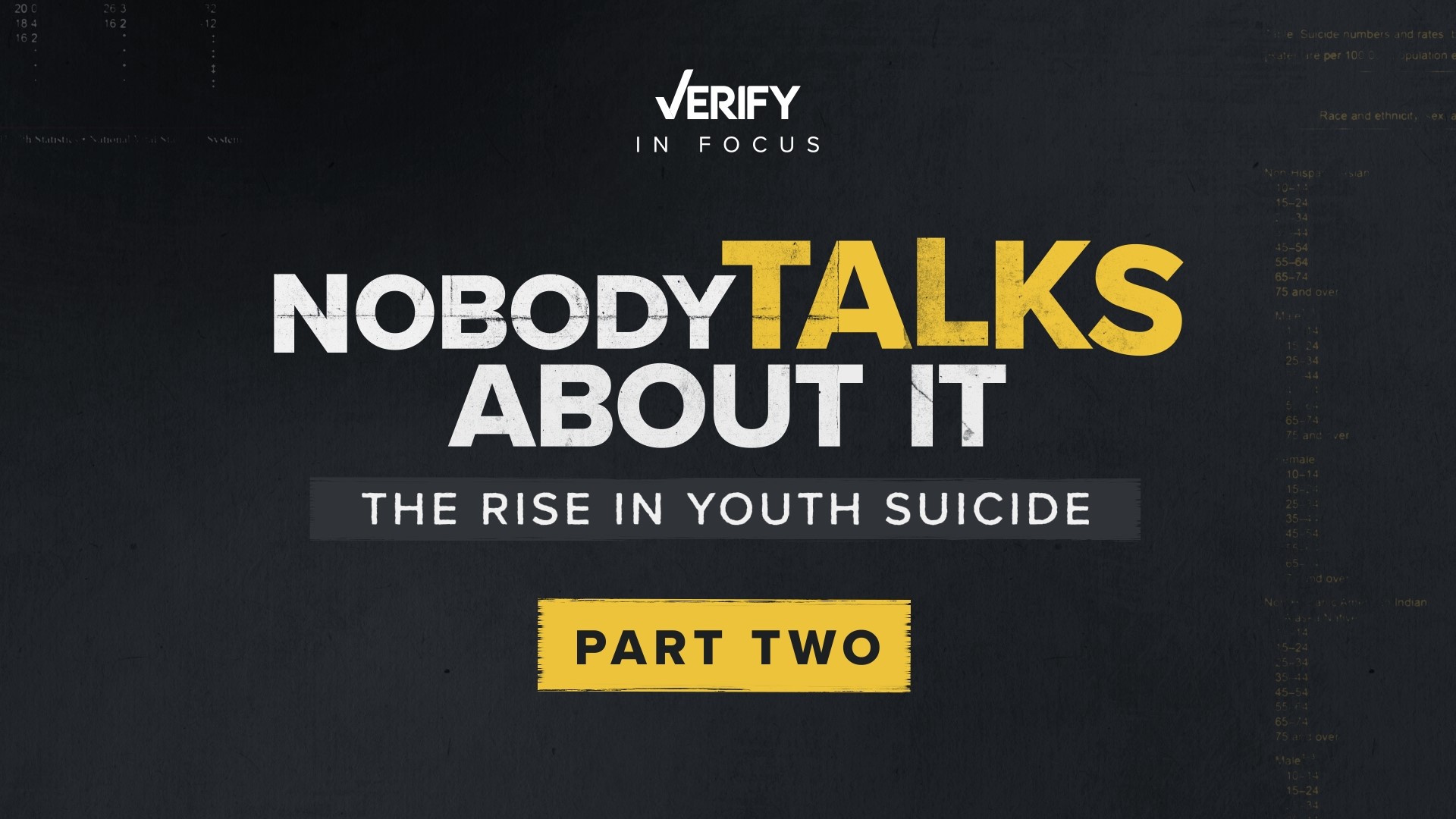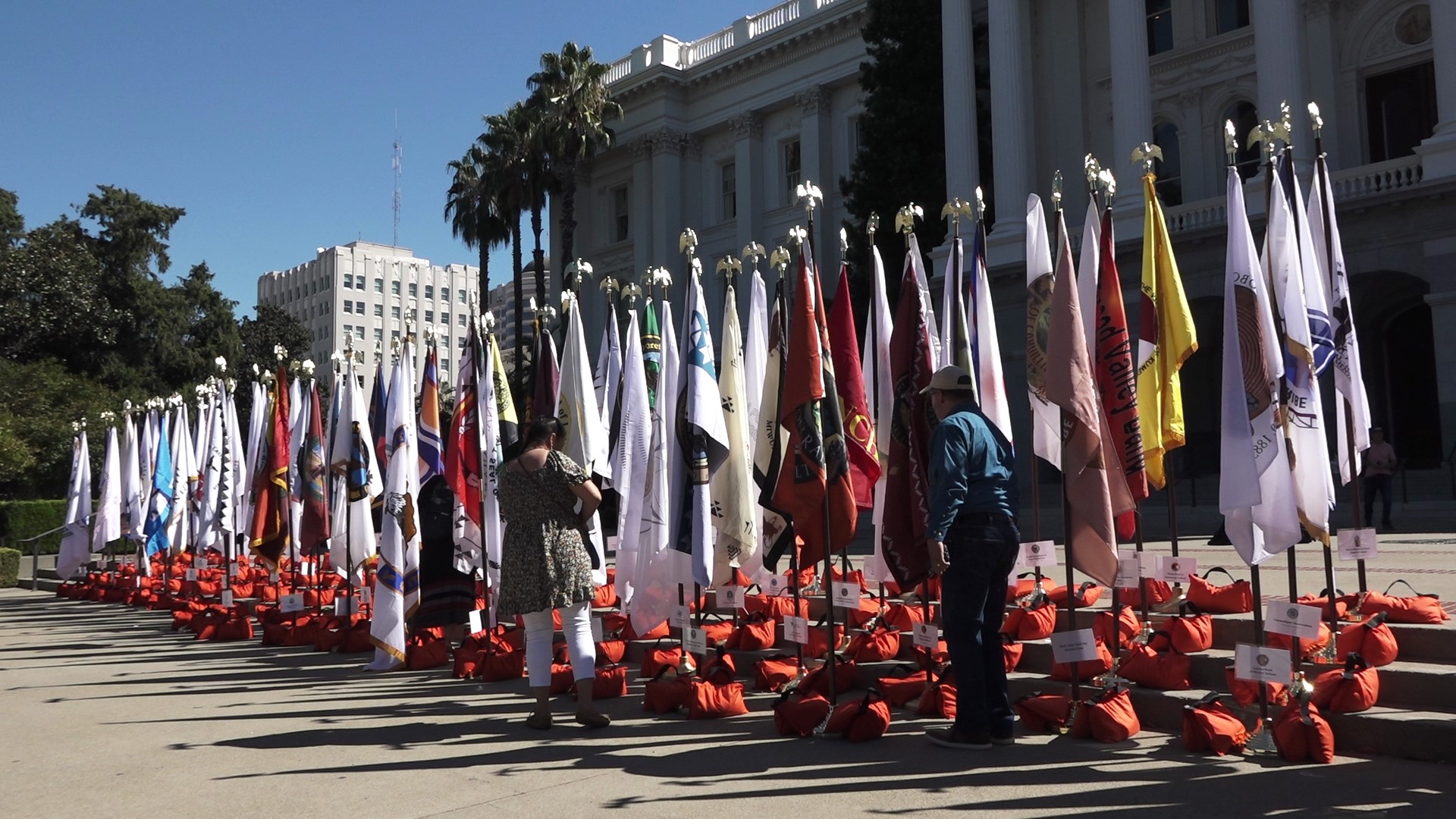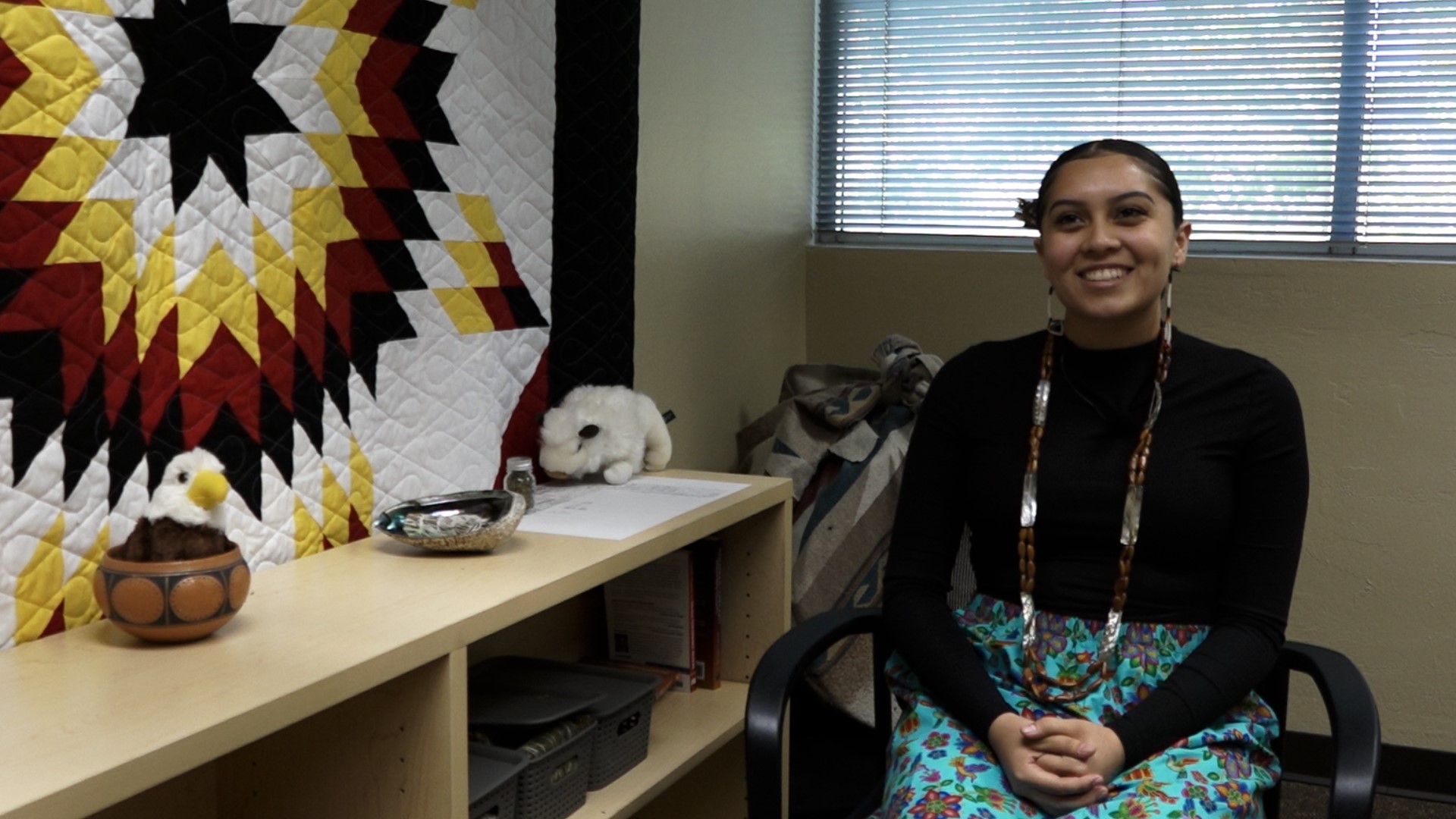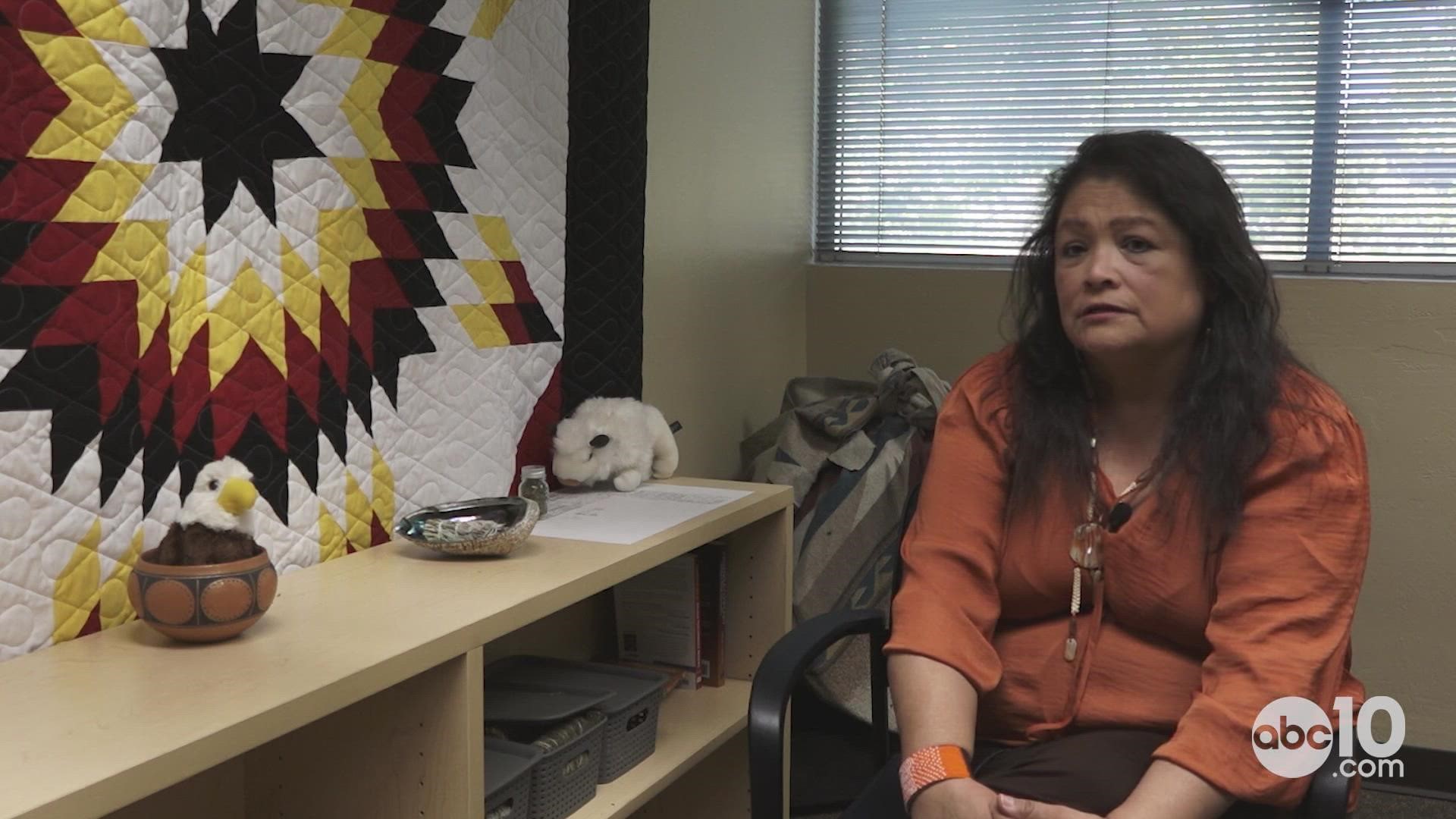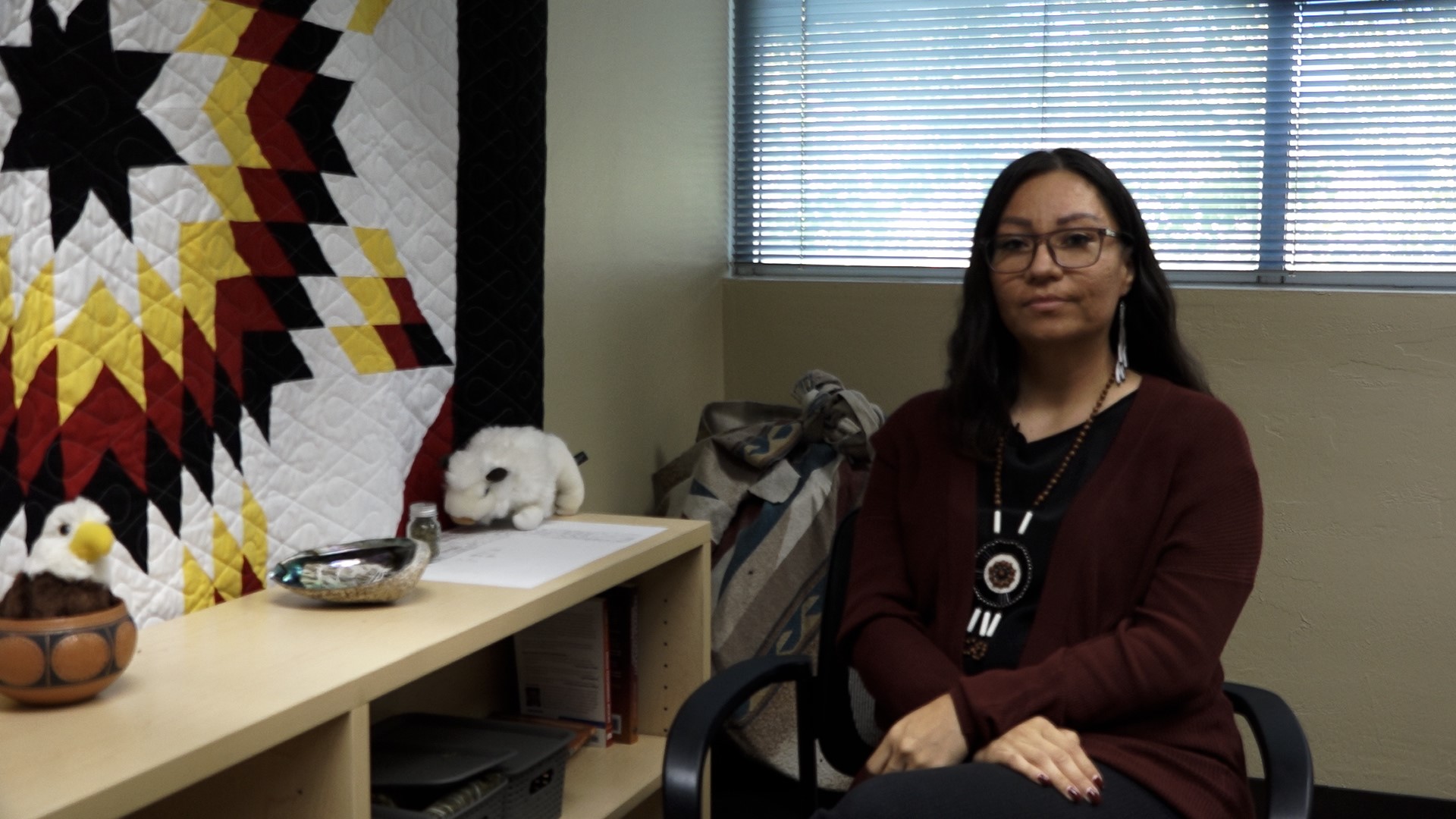SACRAMENTO, Calif. — September is Suicide Prevention & Awareness Month. According to the National Alliance of Mental Illness, it’s a month to “raise awareness of this stigmatized, and often taboo, topic. We use this month to shift public perception, spread hope and share vital information to people affected by suicide.”
Data shows suicide is the 12th leading cause of death in the U.S. In 2020 alone, close to 46,000 Americans died by suicide and in the same year there were about 1.2 million suicide attempts.
It’s no secret suicide impacts every culture, race, ethnicity, and walk of life.
According to Julie Fuentes, a care coordinator supervisor with the Sacramento Native American Health Center, suicide is the second leading cause of death of Native American youth between the ages of 10-20.
“We also know that suicide rates for Native American adults are about 20% higher compared to other ethnic groups, but we also know that culture has always been a resiliency factor in Native American communities," said Fuentes.
An article published by the National Indian Council on Aging, Inc. in 2019 noted the high trend of suicide in Indian County, also alluding to cultural impacts.
Culture and suicide prevention
“Suicide prevention is important to me because being a youth in today's generation is kind of hard,” said Angelina Hinojosa, a member of Pinoleville Pomo Nation.

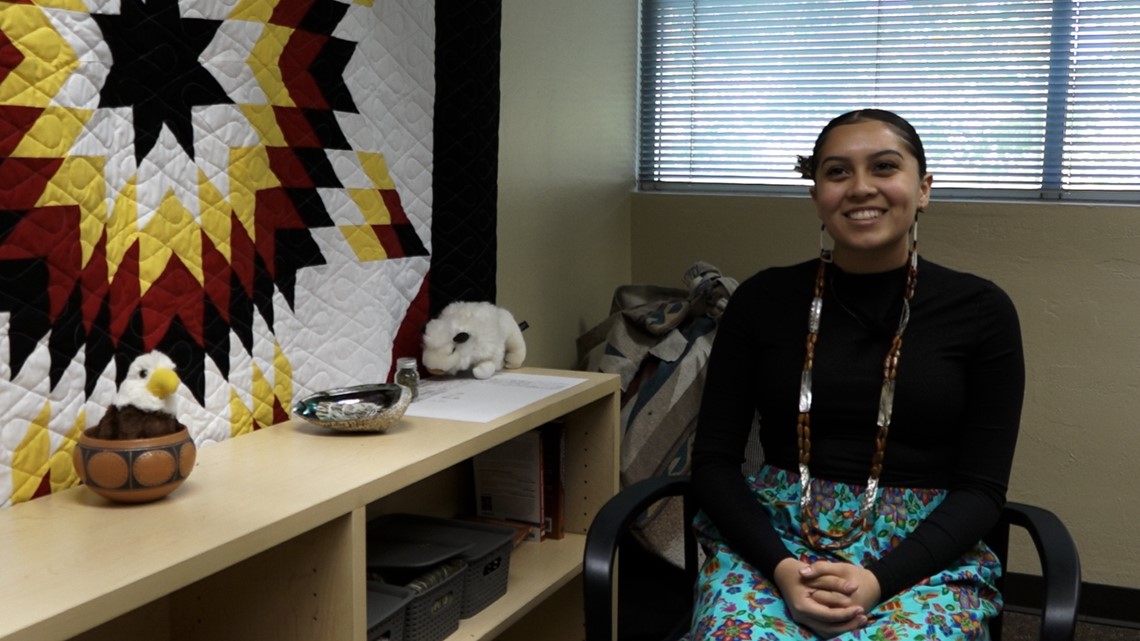
ABC10 previously spoke to Angelina last year on the topic of growing up Native American. Back then (and even to this day), she continues to be one of the many voices for Native American youth in Sacramento.
“This month is important, even though we get this word out all the time, like what is suicide prevention? What does mental health look like? This month is important because we want to focus on who are our native youth that need that support, that need that help," she said.
One of the things that helped Angelina and what Julie foreshadowed is the centralization of culture in the Native American community.
“Culture is definitely what brings me back and brings me (to say) OK, I'm not supposed to be doing these things, (it) is what kept me alive I’d say,” Angelina said. “Even though that's something heavy to say, for me it's true. Culture is what grounds me, whether it's praying or going to ceremony on the weekends or talking to my elders.”
Julie further elaborated on this topic by pointing out culture is also a factor of resiliency.
“Native community culture has always been a resiliency factor in Native American communities,” she said. “Research indicates that culture is significantly linked to positive mental health and has been effective in improving community outcomes.”
Watch below as Julie explains the connection between culture and positive mental health.
She also touched on the growing support in the Native American youth community to break the stigma of keeping silent about mental health and the topic of suicide.
“One of our leaders had said something really important to me recently that our youth are changing... changing the narrative around mental health and are actively de-stigmatizing mental health and in regular conversation, they speak openly,” Julie said. “They identify feelings and boundaries. They're teaching us as parents and community by speaking this crazy vocabulary and setting those boundaries and speaking openly and honestly about suicide and about depression."
Historical trauma in the Native American community
When talking about mental health, suicide, or any other health issue in the Native American community, it’s important to note and acknowledge the historic trauma Indian Country faced.
According to the National Indian Council on Aging, Inc., “historical disenfranchisement through genocide and institutional racism has resulted in American Indians and Alaska Natives experiencing poorer health and socioeconomic outcomes. These social determinants of health intersect to create a situation that is detrimental to the physical and mental health of Indian communities. Cultural disconnection, alienation and pressure to assimilate all contribute to higher rates of suicide among American Indians and Alaska Natives.”
Leticia Aguilar; who holds a number of titles including the director of Native Dads Network, founder of Native Sister Circle, and a mom to three children, spoke briefly with ABC10 about how history still plays a factor today in Indian Country.

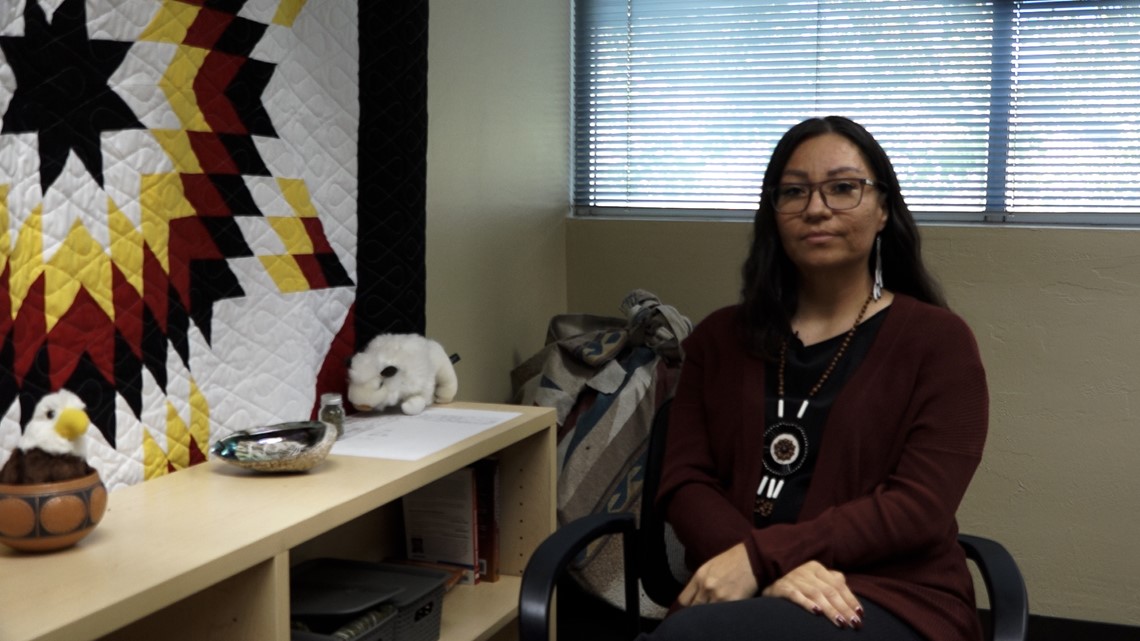
“(There was) a time where our people lived in harmony and in connection with Mother Earth and connection with one another pre-contact,” Leticia said. “Once we had that historical trauma, that genocide, all of these historical factors come into our communities that we don't want to talk about once that happened, it created a trauma on our people. And so that trauma, we are directly impacted by it, whether we know it or not.”
She pointed to epigenetics, which the CDC defines as the study of how your behaviors and environment can cause changes affecting the way your genes work.
“Sometimes we do struggle with these mental health issues and we don't know why, but it's just in our DNA as tribal people because of the mass genocide and all of the horrific things that happened to our ancestors,” she said.
SNAHC and suicide prevention
The Sacramento Native American Health Center, like many other organizations in the city, provides places for people to find help, talk, and learn about ways to better themselves. One program SNAHC provides specifically for youth is the Native Youth Ambassadors.
“Our Native Youth Ambassadors have been working alongside our communications department on a suicide prevention campaign… putting our face in community, using our youth and our families and community as being that face, being those individuals that are de-stigmatizing the discussion around mental health, de-stigmatizing suicide and using their voices and their faces in that campaign. That's very, very important,” Julie said.
To learn more about SNAHC programs and what they offer, click here.
A message for the youth
Through the interviews with Angelina, Julie, and Leticia it was apparent suicide is an issue in Indian Country, but the topic shouldn’t be just about the numbers but how culture, community, and family play pivotal roles in prevention.
From ceremonies, traditional songs and dances, Native American youth and adults are finding hope and strength in traditional values passed down from generation to generation.
When asked what she should say to the youth, Angelina said, “I think a typical thing that they want to say is that they're not alone, but I definitely tell them that they have a belonging… let them know that they're not alone and they have a place in this world because that's mostly what it is. When they feel that way, they turn to things as substances that our bodies can't handle scientifically and so definitely just taking them in and saying, you know, you belong somewhere.”
Resources
If you or someone you know is struggling with thoughts of suicide, you can call or text 988, or go to 988lifeline.org to reach the suicide and crisis hotline. Click here for more resources available through the National Alliance on Mental Health.
- Sacramento County Suicide Prevention Crisis Hotline: (916) 368-3111
- WellSpace Health:
- Nationwide 988
- Sacramento (916) 368-3111
- Auburn (530) 885-2300
- Roseville (916) 773-3111
- Lincoln (916) 645-8866
- 24-Hour Maternal Support Line (916) 681-2907
- To Write Love On Her Arms
Extended Interviews:
- Angelina Hinojosa
- Julie Fuentes
- Leticia Aguilar

